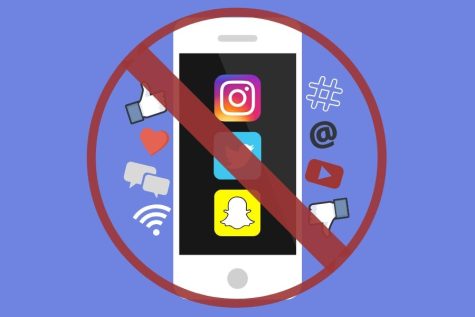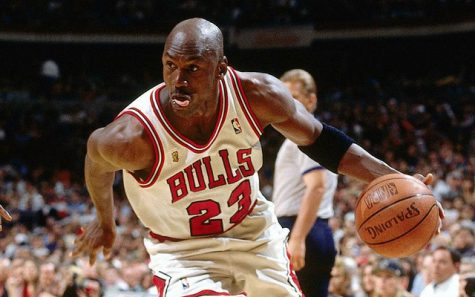Should athletes play through the pain?
“Coming out of the game isn’t an option,” senior Tyler Stewart said.
Playing through a sprained ankle since football’s second scrimmage this year, Stewart takes on his injury through a constant treatment routine each week. Though he aggravates the injury every Friday during football games, he is not willing to miss a game for a chance to rest.
With physical therapy, ice and limitations on practice, many athletes constantly force themselves to play through the pain. Playing through the pain puts stress on the athletes and also affects teammates, coaches, parents and the school’s trainer.
Most of Springbrook’s fall coaches agree that no matter how important the player is to the team, it is better in the long run to fix the injury now than to try and play through it. The real questions for players are: what injury is worth sitting out and what is worth playing through? For coaches and the trainer, the issue is when is the right time to tell a player they cannot play and how do you tell them?
Senior Julie Dang has a recurring injury after she broke her wrist last spring.
“Every night after practice I have to ice my wrist and before every game I have to ask the trainer to tape it. Sometimes the pain gets so bad it hurts to write.”
According to athletic director Robert Wendel, if a player has appropriate notes such as their updated physical and a doctor’s note saying they’re cleared, then they’re good to go.
Without a note from a doctor or the school trainer, Joe Epstein, coaches are left with the responsibility to decide whether a player is healthy.
“Obviously, as a coach, you know your player is going to want to continue to play no matter what the pain is. When one of my players gets hurt, I monitor their performance and if I notice any new hesitation or an issue, I know it’s time to sub in a new player,” varsity field hockey coach Rebekah Harrison said.
The trainer Epstein also admits sometimes it is difficult to make the decision who can play and who cannot.
There are many variables to take into consideration such as the severity of the injury, player’s value to the team, and the amount of recovery and therapy needed, but it is always better to be safe rather than sorry.
Regardless of the severity of injury, all players go through a period of rehabilitation. Senior quarterback Neiman Blain suffers from a strained hamstring and a sprained ankle. According to Blain, everyday icing, physical therapy, and stretching with the trainer helps him prepare his body for the big games on Fridays.
While it is a difficult call to make, coaches should be able to trust their athletes to know their physical limits, but they should also watch out for the ones that do not.






